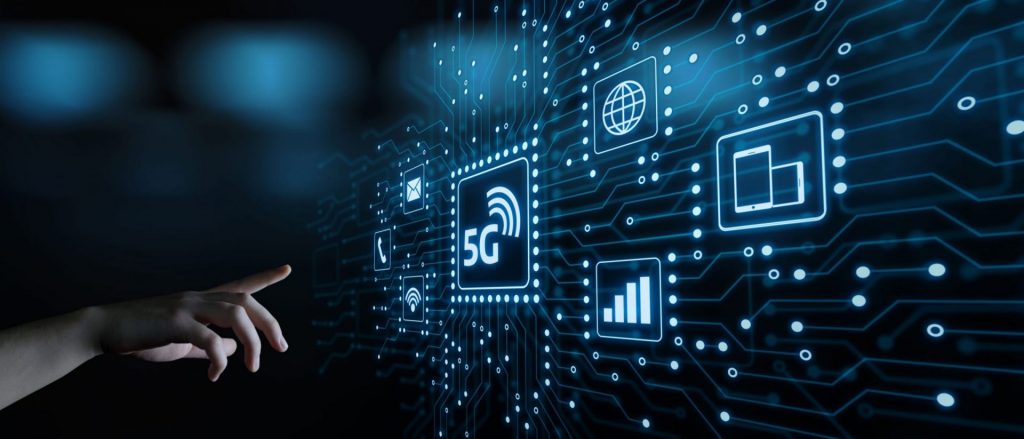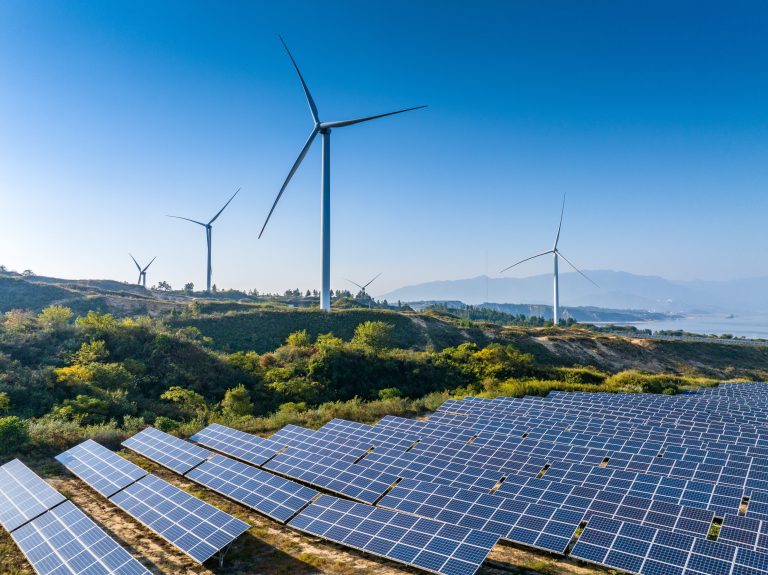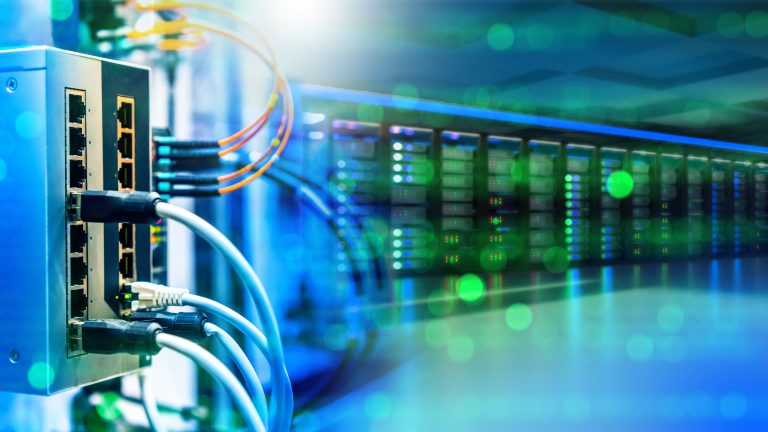5G and IoT
5G IoT technology has been heralded for years- the dawning of the new age of connectivity. Is this just a marketing bluff or will it live up to its promise? The new connectivity network has been promised to be much more than a mere upgrade to the existing cellular communication technologies. Instead, it promises to bring comprehensive changes to not just connectivity, but life as we know it.
The need for 5G in IoT
With the release of the “3G” cellular network standard, using data with a mobile phone was made possible. The launch of 3G was leading the innovations in smartphones at the time. The fourth generation of mobile network standards or as we now know it as 4G or Long Term Evolution (LTE), was created a little later, built on the infrastructure created for 3G.
Thanks to “LTE”, data transfer rates over cellular networks have increased massively. As of today, LTE is the most popular and most-used network globally. The network can reach speeds of up to 100 megabits per second. It’s possible to configure the LTE bandwidths to reach download speeds of up to 4000 megabits per second. This however is nothing compared to the speeds that 5G is expected to reach when it arrives.
So why is there a need for 5G?
4G/ LTE will not meet the standards of new technologies as they emerge moving forward. The network as the driver for the smartphone boom was optimised for the use of smartphones. 5G will be optimised to be the standard for all connected Things, not just for a single or particular use. This will be the new driver for the next generation of connectivity and digital transformation. Arguably, there are those that state that the release of 5G will expand The Fourth Industrial Revolution as we connect humans and machines more optimally.
Why is 5G ideal for the Internet of Things?
Internet of Things (IoT) has become a well-known all-encompassing term for connected Things. It mostly refers to smart, web, or cellular-enabled devices that have more of a fixed pre-determined functionality, as compared to general-purpose smartphones, tablets, or computers. Examples of IoT devices include connected fleet and asset tracking devices, security cameras, motion sensors, and payment terminals.
5G IoT makes things possible, in ways not even conceived of just yet. The data throughput in the new 5G network, is expected to be able to reach up to 20 gigabits per second. Unfathomable speeds at the time 1G was released all those years ago, not just for the speeds, but the enhanced ability to transmit data in real-time and an increase in relative movement speed. Meaning that not only will you be able to connect 100 billion mobile devices to the network, but also the network will be much more stable and with better connection quality.
5G brings about a massively improved network to deliver scalable and reliable connectivity globally and at speed. The technology is designed to be low latency and high data-rate. These two key features allow for fast real-time transfer of data between two or more end-points, or in this case, devices. This will allow for many new applications to be deployed that were not possible before 5G. This new level of data available all of a sudden unlocks a whole new world of possibilities and use cases for the technology.
How will 5G be used?
The Fourth Industrial Revolution is being driven by data exchange. Automation needs data, and 5G will be able to supply billions of data in seconds. This will mean that your connected devices, parts, systems, and processes will be optimised through the huge amounts of data now available to you via a 5G network. This data-driven approach will be seen across every industry and vertical, from improving health outcomes to optimising your home deliveries.
Early use cases and tests for 5G are driverless cars, smart cities, edge computing, logistics, and video monitoring. All with different requirements for the 5G network depending on their business, from the new machine to machine learning potential through to the transmission of massive amounts of data for motion sensors and real-time analytics.
The potential digital transformation in the area of 5G network connectivity is already becoming apparent, if not yet clearly defined. What we do know though, is that 5G will be critical for the expansion of IoT and all the innovation that brings.
Here at Ritesim all of our IoT connectivity solutions come 5G ready. If you would like to learn more about connecting your IoT devices with 5G, get in touch below.



